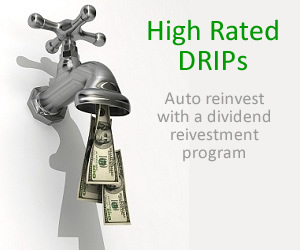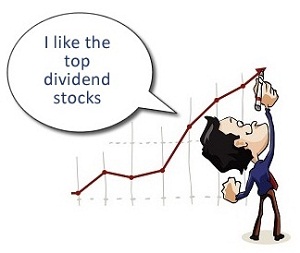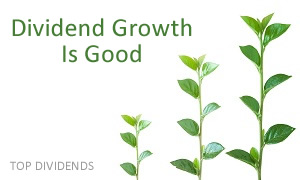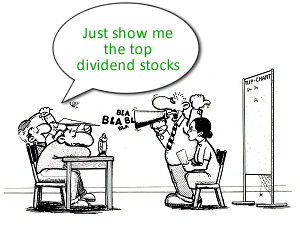How to Enroll in a DRIP Program
A dividend reinvestment plan has the well-deserved acronym of DRIP. When an investor utilizes a DRIP, the dividends earned on their stock investment will periodically “drip” into their stock portfolio. Instead of receiving monthly or quarterly checks for their dividend payments, the funds are reinvested into the original stock. If the payment doesn’t cover an even number of stocks, which it rarely does, a fraction of a stock is purchased.
 If the investor does not need the dividend payment to cover expenses, a DRIP program is a pain-free way to build a more robust stock portfolio over time. Each time dividends are reinvested, the investor will receive increasingly larger dividend payments that will purchase slightly more stock during the next cycle. Most investors will find that their return on investment (ROI) dramatically increases as this process compounds their investment. A DRIP strategy can be a smart way to prepare for retirement. With a little planning, some investors may find that their periodic DRIP payments are large enough to provide a healthy income after they quit working.
If the investor does not need the dividend payment to cover expenses, a DRIP program is a pain-free way to build a more robust stock portfolio over time. Each time dividends are reinvested, the investor will receive increasingly larger dividend payments that will purchase slightly more stock during the next cycle. Most investors will find that their return on investment (ROI) dramatically increases as this process compounds their investment. A DRIP strategy can be a smart way to prepare for retirement. With a little planning, some investors may find that their periodic DRIP payments are large enough to provide a healthy income after they quit working.
If one is offered, the company or fund that represents the investment should be able to provide information on how to establish a DRIP. When a DRIP is set up directly with the company, it may be completely free or offered for a nominal fee. This allows the investor to bypass stock brokers and expensive commissions. A few companies will even discount the stock price when it is purchased through their DRIP program.
Once it is determined that the dividend stock’s parent company offers a DRIP program, the investor should verify that they are the shareholder of record. Sometimes, stock brokers will record their own name on stocks that they manage for their customers. If this is the case, instruct them to transfer the registration. The next step is to contact the company directly to request a DRIP application and a prospectus. If the stock’s parent company does not offer a DRIP program, many stock brokers can set up a similar plan to reinvest your dividend payments.
Applying for a DRIP plan is simple and easy, but the investor should be aware of the details of the company’s specific plan. Most companies do not charge anything, but there is a trend toward implementing DRIP plan fees. It is usually small, but it must be compared against the dividend payment to ensure that it doesn’t consume a high percentage of the funds. For example, a small portfolio that only receives a dividend payment of $10 each month would not be a good choice to include in a DRIP plan that charges a $5 fee for each monthly reinvestment






 Brookfield is only covered by one Wall Street analyst. Small cap stocks with little analyst attention have the potential to outperform the market as a whole. When a stock is only covered by a few analysts, it has a greater potential to outperform analyst expectations.
Brookfield is only covered by one Wall Street analyst. Small cap stocks with little analyst attention have the potential to outperform the market as a whole. When a stock is only covered by a few analysts, it has a greater potential to outperform analyst expectations.
